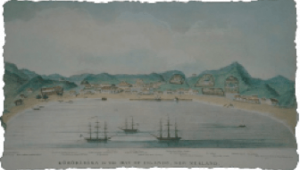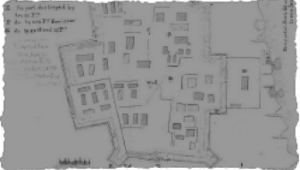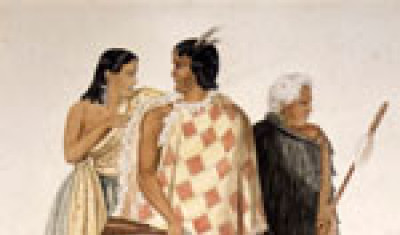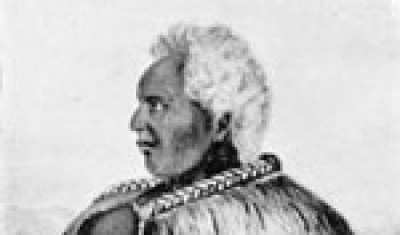
Preparing for War



After Kororāreka the pākehā population of Auckland panicked, imagining an imminent Ngāpuhi invasion. Governor Fitzroy urgently called in reinforcements from Australia. The HMS Northstar, a 26-gun frigate, arrived in Auckland on 22 March. Aboard were 162 officers and men of the 58th regiment. The schooner Velocity arrived shortly after with more men, followed by the barque Slains Castle.
Meanwhile, internal political divisions within Ngāpuhi widened. The Ngāpuhi chiefs generally agreed that the Crown was not honouring Te Tiriti, but not all agreed with Heke’s forceful reaction. To some, the cutting down of the flagstaff breached the tapu which surrounded Te Tiriti. Certain chiefs believed that the best course of action was to discuss and negotiate with the colonial government, to maintain peace in the Bay of Islands.
After Kororāreka, peace was no longer an option. The Northern War (or wars) had begun. The Colonial Government was at war with Heke and Kawiti, who were also at war with opposing factions of Ngāpuhi. To some extent, the division within Ngāpuhi was a continuation of the internal strife of the early 1800s. Tāmati Wāka Nene led the Ngāpuhi forces who fought alongside the British. Although they were labelled “loyalists”, Nene and his men were not really fighting for the Crown. Instead, they were fighting against Heke and Kawiti. Nene was personally offended by Heke’s final attack on the flagstaff. He explained himself thus:
This man [Heke] had … laughed at all our persuasions and threats [we] who are older than himself … I had told the Governor when the flagstaff was cut down that I would oppose Heke if he persisted in his folly and I am now come to do it.1
1 cited in A. Ballara






